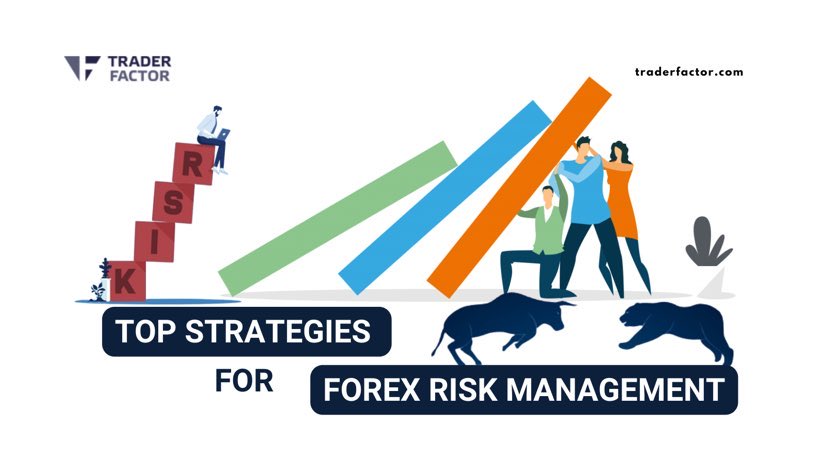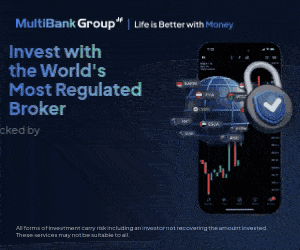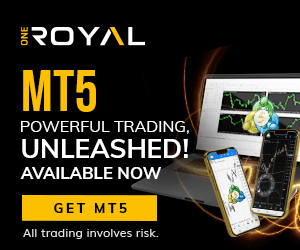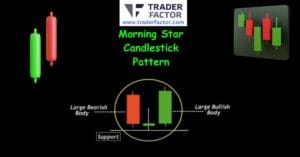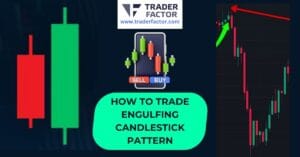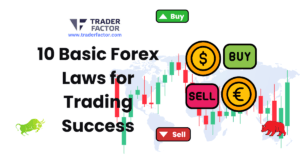Are you ready to navigate the unpredictable waters of forex trading? Just like sailing, it’s crucial to have a solid plan in place to manage the risks that come with it.
In this guide, we will explore the top strategies for forex risk management that can help you stay afloat in this volatile market. From setting stop-loss orders to diversifying your portfolio, these tactics will give you the tools you need to protect your investments.
By analyzing market trends and practicing discipline, you can minimize losses and maximize profits. So, grab your compass and get ready to chart a course toward success in forex trading with these top strategies for risk management.
Table of Contents
ToggleKey Takeaways
- Setting stop-loss orders is crucial for limiting potential losses in forex trading and protecting against adverse market movements.
- Implementing position sizing techniques helps ensure consistency and control over trades while avoiding risking too much on any single trade.
- Utilizing hedging strategies, such as opening opposite positions in positively correlated currency pairs or using option contracts, can help offset potential losses.
- Diversifying your forex portfolio by spreading investments across different currency pairs, asset classes, and trading strategies reduces the impact of a single trade or currency pair on overall returns.
Setting Stop-Loss Orders
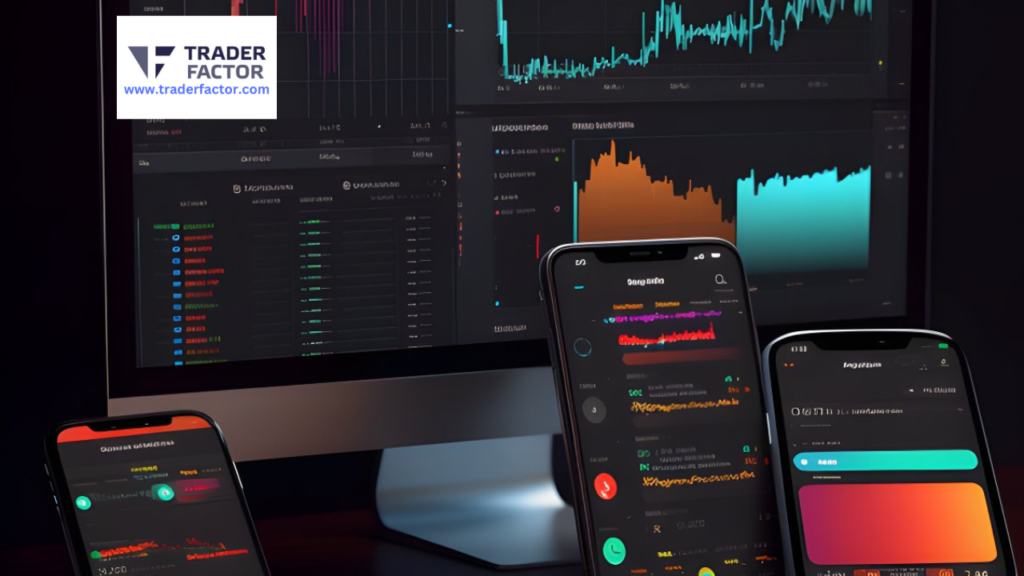
To effectively manage your forex risk, you should consider setting up stop-loss orders. Managing risk effectively is crucial in the world of forex trading, and stop-loss orders can be an invaluable tool in achieving this goal. By implementing these orders, you can limit your potential losses and protect your capital.
A stop-loss order is a predetermined price level at which you’re willing to exit a trade to limit your losses. It acts as a safety net, automatically closing your position if the market moves against you. By setting a stop-loss order, you’re essentially calculating your risk-to-reward ratio.
This ratio helps you determine the potential profit you can make about the potential loss you’re willing to accept. It’s important to strike a balance between the two, ensuring that your potential reward justifies the risk you’re taking.
When setting stop-loss orders, it’s essential to consider your risk tolerance and trading strategy. You should place your stop-loss order at a level that allows for normal market fluctuations while still protecting you from excessive losses. It’s also important to regularly review and adjust your stop-loss orders as market conditions change.
Implementing Position-Sizing Techniques

By implementing position sizing techniques, you can further enhance your forex risk management strategy that was previously discussed in setting stop-loss orders. Position sizing refers to determining the amount of capital to invest in each trade based on your risk tolerance and the size of your trading account.
It is an essential aspect of risk management as it helps you maintain consistency and control over your trades.
One popular position sizing technique is the Fixed Percentage method, where you risk a fixed percentage of your trading account on each trade. This method allows you to adjust your position size according to the size of your trading account, ensuring that you don’t risk too much on any single trade.
Another technique is the Volatility-Based method, where you adjust your position size based on the volatility of the currency pair you are trading. This technique takes into account the historical volatility of the pair and helps you allocate more capital to less volatile pairs and less capital to more volatile pairs.
The table below shows an example of how position-sizing techniques can be implemented:
| Trade | Account Size | Risk Percentage | Position Size |
|---|---|---|---|
| 1 | $10,000 | 2% | $200 |
| 2 | $10,200 | 2% | $204 |
| 3 | $10,404 | 2% | $208 |
| 4 | $10,612 | 2% | $212 |
| 5 | $10,824 | 2% | $216 |
Utilizing Hedging Strategies

You can effectively manage forex risk by implementing hedging strategies. Hedging is a risk management technique that involves opening a position to offset potential losses in another position. It’s a popular strategy used by forex traders to protect themselves from adverse market movements.
One common hedging strategy is to open opposite positions in two currency pairs that are positively correlated. For example, if you have a long position in EUR/USD, you can open a short position in USD/CHF. This way, if the euro depreciates against the US dollar, your losses in the EUR/USD position will be offset by gains in the USD/CHF position.
Another hedging strategy is to use options contracts. Options give you the right, but not the obligation, to buy or sell a currency pair at a predetermined price within a specified timeframe. By buying a put option, you can protect yourself against potential losses if the market moves against your position.
Similarly, by buying a call option, you can protect yourself against potential losses if the market moves in favor of your position.
Diversifying Your Forex Portfolio

When managing your forex risk, it’s important to consider diversifying your forex portfolio. Diversification is a strategy that involves spreading your investments across different currency pairs, asset classes, and trading strategies. By diversifying your portfolio, you can potentially reduce the impact of a single trade or currency pair on your overall returns.
Portfolio optimization is a key aspect of risk diversification. It involves analyzing and selecting a mix of currency pairs that have a low correlation with each other. This means that when one currency pair is performing poorly, another currency pair in your portfolio may be performing well, helping to offset any losses. This can help to smooth out your overall returns and reduce the volatility of your portfolio.

To achieve effective portfolio diversification, it’s important to have a mix of different types of currency pairs, such as major pairs, minor pairs, and exotic pairs. Additionally, you should consider including a mix of different trading strategies, such as trend following, mean reversion, and breakout trading.
Analyzing Market Trends and Patterns

To effectively analyze market trends and patterns in forex trading, you need to focus on two key points:
- Identifying profitable entry points: By carefully studying the market, you can pinpoint optimal times to enter trades and maximize your profit potential. This involves analyzing price movements, technical indicators, and fundamental factors that can influence currency values. By identifying entry points with a high probability of success, you can increase your chances of making profitable trades.
- Managing potential market risks: Understanding and managing market risks is crucial to protect your investments and minimize potential losses. This involves implementing risk management strategies such as setting stop-loss orders, diversifying your portfolio, and staying updated on market news and events that can impact currency values. By effectively managing risks, you can protect your capital and avoid significant losses in volatile market conditions.

Identifying Profitable Entry Points
Analyzing market trends and patterns is crucial for identifying profitable entry points in forex trading. By understanding the direction of the market and recognizing patterns, you can make informed decisions and increase your chances of success. There are various profitable entry strategies that traders use to identify these entry points.
One popular approach is trend following, where you enter a trade in the direction of the prevailing market trend. Another strategy involves identifying chart patterns, such as triangles or head and shoulders, which can indicate potential entry points.
Additionally, some traders use technical indicators, such as moving averages or oscillators, to confirm their entry decisions. Regardless of the strategy you choose, analyzing market trends and patterns is essential for finding profitable entry points and maximizing your trading opportunities.
| Profitable Entry Strategies | Identifying Market Trends |
|---|---|
| Trend following | Chart patterns |
| Technical indicators |

Managing Potential Market Risks
One important step in managing potential market risks is analyzing market trends and patterns to make informed trading decisions. By closely monitoring and studying the behavior of the market, you can gain valuable insights into the direction of currency pairs and identify potential risks.
Managing currency volatility is crucial in minimizing exchange rate risk, as fluctuations in exchange rates can significantly impact your trading positions. By analyzing market trends and patterns, you can better anticipate these fluctuations and adjust your trading strategies accordingly.
Using Trailing Stops to Lock in Profits

Using trailing stops is an effective strategy to lock in profits in forex trading. When implementing trailing stops, you can enjoy several benefits.
Firstly, it allows you to protect your capital and minimize losses by automatically adjusting the stop-loss level as the market moves in your favor. This means that if the price starts to reverse, the trailing stop will trigger, ensuring that you exit the trade with a profit.
Secondly, trailing stops allow you to capture more profits during strong trends. As the market continues to move in your favor, the trailing stop will keep adjusting and locking in profits along the way. This enables you to ride the trend and maximize your gains.

To implement trailing stops, you need to set a specific distance or percentage from the current market price. This distance determines how much room you give the market to fluctuate before your stop-loss order is triggered. It’s important to strike a balance between giving the trade enough room to breathe and protecting your profits.
Trailing stops can be implemented manually by adjusting the stop-loss level as the market moves, or automatically using trading platforms that offer trailing stop functionalities.
Staying Informed About Economic Factors

To effectively manage forex risk, you should regularly stay informed about economic factors. Economic indicators and central bank policies play a crucial role in determining the direction of currency values. By understanding these factors, you can make informed decisions and mitigate potential risks.
Economic indicators provide valuable insights into the state of an economy. These indicators include GDP growth, inflation rates, interest rates, and employment data. By monitoring these indicators, you can gauge the overall health of a country’s economy and anticipate potential changes in currency values.
For example, if a country’s GDP growth is strong, it may indicate a strengthening currency. On the other hand, high inflation rates can lead to currency depreciation.

Central bank policies also have a significant impact on forex markets. Central banks use various policy tools, such as interest rate adjustments and quantitative easing, to manage their respective economies. These policy decisions can directly affect currency values.
For instance, if a central bank raises interest rates, it can attract foreign investors, leading to an appreciation of the currency. On the contrary, a central bank’s decision to lower interest rates can result in currency depreciation.
Staying informed about economic indicators and central bank policies is crucial for effective forex risk management. By keeping track of these factors, you can anticipate market movements and adjust your trading strategies accordingly. This knowledge empowers you to make informed decisions and minimize potential losses.
Practicing Discipline and Emotional Control

To effectively manage your forex risk, it’s crucial to practice discipline and emotional control. This involves managing your trading psychology and setting strict risk limits.
Managing Trading Psychology
Developing discipline and emotional control is crucial for effectively managing your trading psychology. Your trading mindset plays a significant role in determining your success in the forex market. It is essential to cultivate a positive and confident mindset that allows you to make rational decisions based on analysis rather than emotions.
Overcoming fear is a common challenge for many traders. Fear can lead to impulsive decisions and prevent you from taking necessary risks. By acknowledging and understanding your fears, you can work towards overcoming them.
Implementing strategies like setting stop-loss orders and practicing risk management techniques can help you maintain emotional control during volatile market conditions. By mastering your trading psychology, you can enhance your overall performance and achieve long-term success in forex trading.

| Strategies for Managing Trading Psychology | ||
|---|---|---|
| Develop a positive trading mindset | Identify and overcome your fears | Practice risk management techniques |
| Cultivate confidence in your abilities | Utilize stop-loss orders for protection | Maintain emotional control during volatile market conditions |
| Focus on rational decision-making | Implement a structured trading plan | Seek support from mentors or trading communities |
Setting Strict Risk Limits
By setting strict risk limits, you can practice discipline and emotional control in your forex trading. Strict risk management involves establishing predetermined levels of risk tolerance that you’re comfortable with. This ensures that you don’t expose yourself to excessive losses and helps you stay focused on your trading strategy.
Setting strict risk limits requires you to determine the maximum amount of capital you’re willing to risk on each trade. This can be a percentage of your total trading capital or a fixed monetary value. By adhering to these limits, you can prevent yourself from making impulsive and emotionally driven decisions that could lead to significant losses.
Frequently Asked Questions

How Can I Manage My Forex Risk Without Using Stop-Loss Orders?
To manage your forex risk without stop-loss orders, explore alternative risk management techniques. These techniques include hedging, diversifying your portfolio, using trailing stops, setting profit targets, and implementing strict risk management rules.
Are There Any Position Sizing Techniques That Are Commonly Used in Forex Trading?
To manage your forex risk effectively, it’s important to use position sizing techniques. These strategies help you determine the ideal amount of capital to risk on each trade, ensuring you maintain proper risk management in your forex trading.
What Are Some Alternative Strategies to Hedging in Forex Trading?
When it comes to managing risks in forex trading, there are alternative strategies you can consider. Non-hedging approaches, such as diversification, using stop-loss orders, and managing leverage, can help you protect your investments.
How Can I Diversify My Forex Portfolio to Minimize Risk?
To minimize risk in your forex portfolio, diversification techniques can be employed. By spreading your investments across different currency pairs, you can reduce exposure to any one currency and mitigate potential losses.
Are There Any Other Indicators or Tools Besides Market Trends and Patterns That I Can Use to Analyze the Forex Market?
To analyze the forex market, you can use sentiment analysis and fundamental analysis in addition to market trends and patterns. These tools can provide valuable insights and help you make informed trading decisions.

Conclusion
Top Strategies for Forex Risk Management
In conclusion, implementing effective risk management strategies is crucial when trading forex. By setting stop-loss orders, utilizing position sizing techniques, and diversifying your portfolio, you can minimize potential losses.
Hedging strategies and trailing stops can also help protect your profits. It’s important to stay informed about market trends and economic factors while practicing discipline and emotional control.
By following these top strategies, you can increase your chances of success in the forex market.
Disclaimer:
All information has been prepared by TraderFactor or partners. The information does not contain a record of TraderFactor or partner’s prices or an offer of or solicitation for a transaction in any financial instrument. No representation or warranty is given as to the accuracy or completeness of this information. Any material provided does not have regard to the specific investment objective and financial situation of any person who may read it. Past performance is not a reliable indicator of future performance.

